In Iraq, the Marsh Arabs of Hawizeh Persevere in a Changing Landscape
Linked to the biblical Garden of Eden, the Mesopotamian marshes—and their people—have endured decades of environmental destruction.
Excerpted with permission from Wounded Tigris: A River Journey Through the Cradle of Civilization, by Leon McCarron, published November 2023 by Pegasus Books.
Our boat left Amara in semidarkness and the city slipped away with ease, taken by the reeds. As light flooded the day, ducks and geese joined us in the current. Occasionally we passed factories making bricks, their chimneys exhaling black smoke that diffused the sky. This was about the worst job in Iraq, said Salman. It was hot, hard, noxious, and badly paid. Every time we went past one, I thought of the poor souls inside with no other options.
The Tigris gradually shrank as channels branched off to feed the Hawizeh Marshes to the southeast. Maysan was home to the majority of the eastern Mesopotamian marshes, as well as being an important governorate for oil production. In the town of Qa’let Saleh, we stopped by a broken lock. An old shepherd said that our modest, small-engine speedboat was the largest he’d seen on the river since the 1980s. ‘Nobody uses it any more,’ he said and moved on.
We squeezed through under the broken sluice gate, and on the other side disturbed a family dunking their sheep in the water to keep them cool. The animals, sweltering in their coats, panicked and struggled as they were carried to the water, then immediately relaxed in the cool flow. Most of them celebrated by defecating, and we floated through into a pond of shit, piss, bedraggled sheep, and confused shepherd boys.
Officially our boat was privately owned, but the captain had been suggested to us by the mukhabarat, and as with the other undercover agents he couldn’t help but look like an intelligence officer doing an impression of a civilian. He was friendly, though, and didn’t interfere, and was talented when it came to avoiding sheep and wireat.

We arrived at the edge of the marshes at night and stayed in a village called Al Cheka. With a thick white beard and pristine, checkered headscarf that shrouded his eyes, our host Abu Hasan spoke with youthful expression, though heavy, stiff hands betrayed his seven long decades. For as long as he could remember, he said, the waters of the expansive marshes of southern Iraq and Iran had been receding, held back by dams and berms, the rivers that fed them diverted upstream. But after the fall of Saddam Hussein’s regime in the spring of 2003, it seemed for a while as if they might be coming back. ‘When we heard he had gone, there were around 20 of us that started,’ said Abu Hasan, sitting cross-legged against the back wall of his guest room. ‘There were no shovels, so we had to send someone to borrow them from the Ministry of Water Resources. Then we stood on the dam and dug and dug and released all the water back.’ He smiled. ‘That’s when we saw our marshes returning.’
The Mesopotamian Marshes, sometimes thought to be the biblical Garden of Eden and now a UNESCO World Heritage Site, lie across the floodplain where the lower Tigris and Euphrates come together to form an extensive inland delta. Historically, when winter rains and snowmelt at the headwaters caused floods to the south, the marshes would absorb this excess like a sponge, swelling outwards with seasonal growth and then shrinking in the lean summers by draining to the Persian Gulf. The inundations deposited silt from the mountains that fertilized the land, creating a diverse, lush ecosystem in an otherwise arid environment.
As recently as the 1960s, in Abu Hasan’s youth, the springtime extent of the marshlands was estimated to be as much as 7,700 square miles, harboring myriad species of flora and fauna and providing an important stopover for migratory birds on their continental journeys. The wetlands are split between three major areas: the Hammar Marsh south of the Euphrates, the Hawizeh east of the Tigris and the Central Marsh wedged between the two rivers. Abu Hasan’s village was in the Hawizeh, thirteen miles from the border where the waters spill over to the Iranian side and are known as the Azim Marshes. ‘I was born here, and my father was born here,’ Abu Hasan told me with pride. ‘In the beginning, we had a reed house, and then a mud one, and then a brick one like this. We’ve always been marsh Arabs.’ He, like many here, claimed lineage to the ancient Sumerians.

But as Abu Hasan’s home became more robust, the environment around it was being destroyed. First he recalled British soldiers arriving and drilling for oil, probably in the 1950s. Before the war with Iran erupted in 1980, Saddam Hussein drained the marsh directly behind Al Cheka, and a decade and half later systematically decimated what was left. By 1998, the area was a desert, scorched by fire and encumbered by checkpoints, and the fish and reeds and birds were gone. Over 90 percent of all the marshes was lost; an area larger than Northern Ireland shrunk to about the size of London.
When they broke down the dikes, there was some hope, Abu Hasan told me, and at least it began to look like a marsh again. But looks can be deceiving. ‘It was never really the same. We used to have so many plants to grow and eat. Now we just have two or three shitty plants. The marshes never properly came back.’
It’s rare that Abu Hasan uses a boat these days. It’s sore on his joints and it made him sad to see what the marsh has become. Instead, he sent his broad-shouldered nephew, Abu Sajad, to take us out to check on the water buffalo. We followed him down a rough embankment to where waist-high reeds stretch out either side of a narrow channel until the shimmer of heat smudged the horizon.
Abu Sajad had an assault rifle slung over one shoulder and prayer beads in his other hand. He stepped onto the bow of a long, narrow, fiberglass boat modeled on a traditional wood and tar mashouf. Another relative worked the motor. Salman and I took the middle, our bottoms lower than the surface of the water, knees drawn to our chests. A second boat carried Emily, Hana, and Claudio behind.
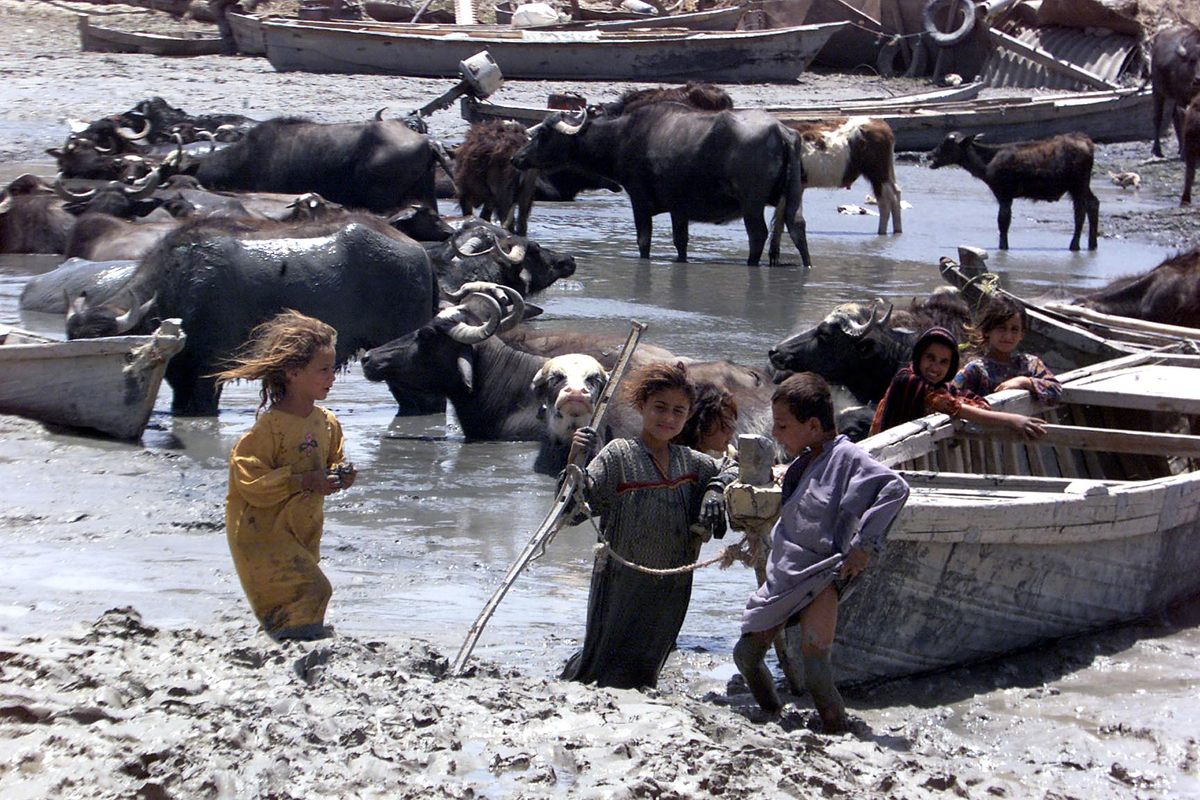
The ride was fitful and the water shallow enough that buffalo walked on the bottom rather than swam. Where they congregated, they had a bad habit of creating earthen mounds that the boat scraped over, and we stopped regularly to lift the engine. There was no shade, and no relief from the clawing heat. Mayflies and mosquitoes swarmed us, getting smeared onto moist foreheads. We passed a herd of pink noses and darting eyes, and I was envious of the buffalo hidden and cool beneath the surface of the water. The animals were Abu Sajad’s, and all were accounted for.
Other waterways became visible, coiling off into the reeds, but most were so small and shallow that even our boat was too unwieldy. Some days, Abu Sajad went bird hunting through the fissures, but for that he punted in a one-man canoe.
We were boxed in by reeds and sludge. ‘This is it,’ Abu Sajad said. There was open water somewhere beyond, but it was no longer contiguous or accessible from this marsh. We turned back, trapped in a single, claustrophobic channel. Today, the marshes cover less than 50 percent of the area they did half a century ago. There were a few promising years after 2003 when coverage increased, but progress stalled after 2006, declining for a couple of years and eventually plateauing out before the heaviest rains in a generation in 2019 offered a temporary reprieve. The population never recovered, either. From a high of half a million in the 1950s, the number of marsh Arabs living in and around the wetlands fell dramatically, with the majority forced out to the suburbs of Iraqi cities or to flee to Iran. Some never returned. Most of the quarter of a million or so who did now live in villages on the fringes of the wetlands or in nearby towns and cities, rather than in the marshes themselves as their parents and grandparents once did.
We got into a pickup truck to follow a single-track road around the dried-out area. Flanking the narrow strip of cement were occasional rusting sections of industrial water pumps from the 1990s, now stranded and obsolete, abandoned to the dusty expanse that they helped create. Ten miles on from Al Cheka, where the marshes began again, we stopped with a young boatman who has been recommended to Salman as the best person to take us deeper into the Hawizeh. At 27, Abbas had only ever known the hard times here.
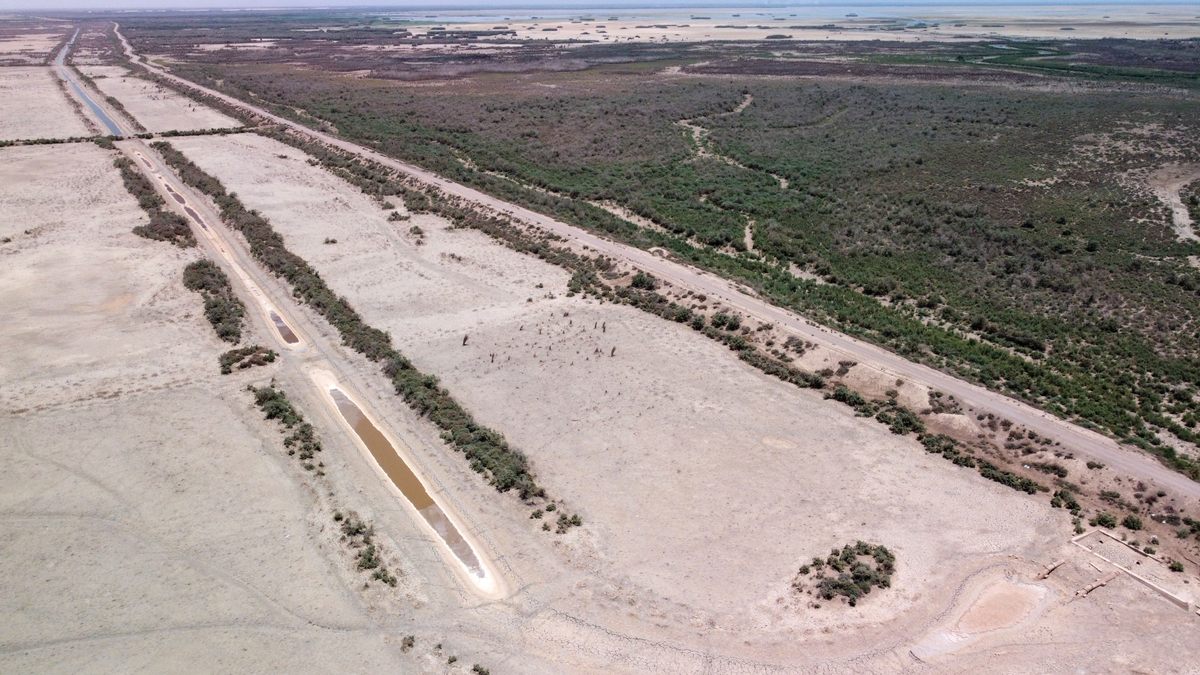
He lived in a small, unfinished brick house with his wife Hawra, their three children and seven other relatives. We pitched our tents outside, but the temperature never dropped below 30 degrees Celsius (86 degrees Fahrenheit). It was a restless night, and the sky burned orange from flare stacks at a nearby refinery, encroaching on the marshes. At 4.30 a.m., in semidarkness, we peeled ourselves from the nylon and stumbled into the boat Abbas had prepared. He gunned the engine along a short canal and out to open water. A perfect amber orb rose over Iran and Abbas carved towards it. Soon we were on a glassy lake lit by nacreous dawn light. It was oceanic in scale compared to anything we’ve seen so far. When Abbas cut the motor, for the first time in many months of travel I couldn’t hear a thing. Wilfred Thesiger, who visited the marshes throughout the 1950s, wrote of ‘the stillness of a world that never knew an engine’. Briefly, our imaginations drifted there, too. Beneath us, algae swayed gently like a forest canopy in a breeze.
‘This is the purest water anywhere in the marshes,’ Abbas said. Carp darted around and kingfishers and gulls flew overhead. There are at least 15 species of fish in the Hawizeh, and over 150 species of birds found throughout the marshes, including four endemic and eight that are globally threatened. Some, like the Basra reed warbler, survived the draining of its habitat against the odds, breeding in pockets of remaining reed bed before returning after the re-flooding. We docked by an island called a chubasha, formed naturally by layers of decomposed vegetation. Heavy reeds grew aggressively, some twice our height. The thicket was only broken by occasional narrow passages that materialized like leads in sea ice, inviting but precarious. The landscape was one of concealment, better at masking than revealing what lay within. Two elderly fishermen, Abu Fayal and Abu Hussein, were unloading the morning’s catch in a small clearing on the island. They had come from Amara, an hour’s drive away, and tirelessly tossed fish from boat to box, then cleaned the nets of scales and algae. Catfish, not considered halal by most Muslims, were thrown back. Binni, short but deep-bodied and endemic to the region, were afforded good care as the most valuable.
Abu Hussein’s boat had no engine and had to be rowed or punted. I briefly wondered if one way to make the marshes feel large again was to slow the pace at which you move, but that was romantic nonsense. It was 40 degrees Celsius (104 degrees Fahrenheit) in the shade by 8 a.m. ‘It used to be perfect weather at this time,’ Abu Fayal said. ‘But now it’s hell on earth from May to September.’
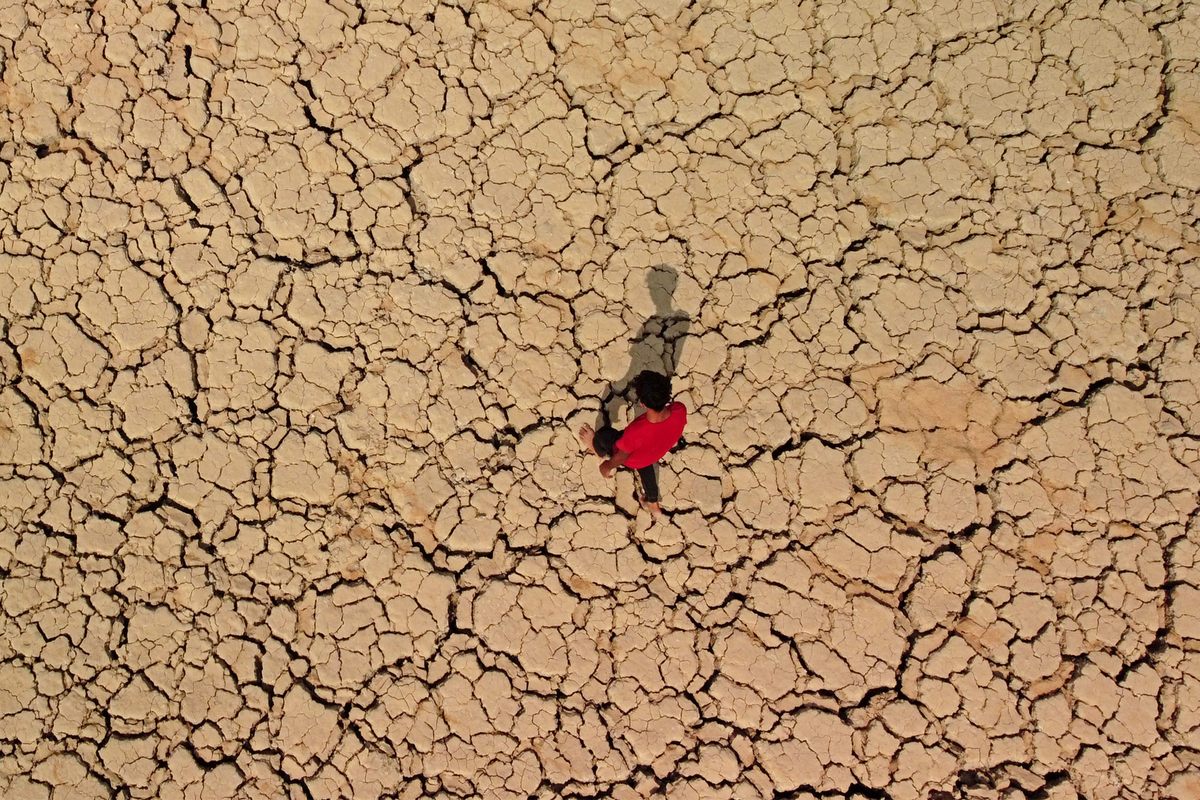
Other fishermen in the area used the same high-voltage transmitters to electrocute fish that we’d seen elsewhere, killing eggs, bottom feeders and anything else in the vicinity. It was illegal here, too, but widespread and rarely punished. ‘There’s hardly any fish already, and these bastards kill the rest,’ Abu Fayal said bitterly of the electro-fishermen. ‘In Saddam’s time, he would have hanged them.’
Saddam was no friend of the marsh Arabs. For much of his time in power he persecuted them, and a major reason for draining the marshes was to root out Shia revolutionaries and dismantle any ability to rise up. So many communities in Iraq were persecuted by Saddam Hussein, and yet across the country I often heard backhanded compliments of Saddam Hussein’s regime. This happened in Kurdistan, too.
Sometimes it was outright nostalgia. It’s true that initially his reign saw dramatic changes in Iraq. Oil production boomed, and during the 1970s and 1980s there was a concerted effort to eradicate illiteracy by offering free education, to subsidize food and housing, and to haul the standard of living up nationwide. There are young people today who have never known stability and assume that Saddam must have been doing something right then. Older people, like Abu Fayal, sometimes lamented the breakdown of law and order, and the lack of a clear, robust system. Saddam, the brutal dictator who massacred his own population and started wars that crippled the country, still attracted a resentful respect from some of those who had suffered most, and that grudging admiration only grew the further Iraq fell from grace.
Abbas estimated that there are only maybe a hundred people still making a living from fishing in the Hawizeh, and no permanent inhabitants. It had been the most resilient area during Saddam’s time because it is fed by the Karkheh River in Iran as well as by the Tigris. But in 2001 Iran started constructing a 40-mile-long embankment to stop water from flowing to Iraq, and now much less comes down the river. Then there is the Ilısu Dam, the full impact of which is still being measured. For Abbas, the future was not bright, but he was going to remain. ‘For as long as I can,’ he said, ‘because what else would I do?’
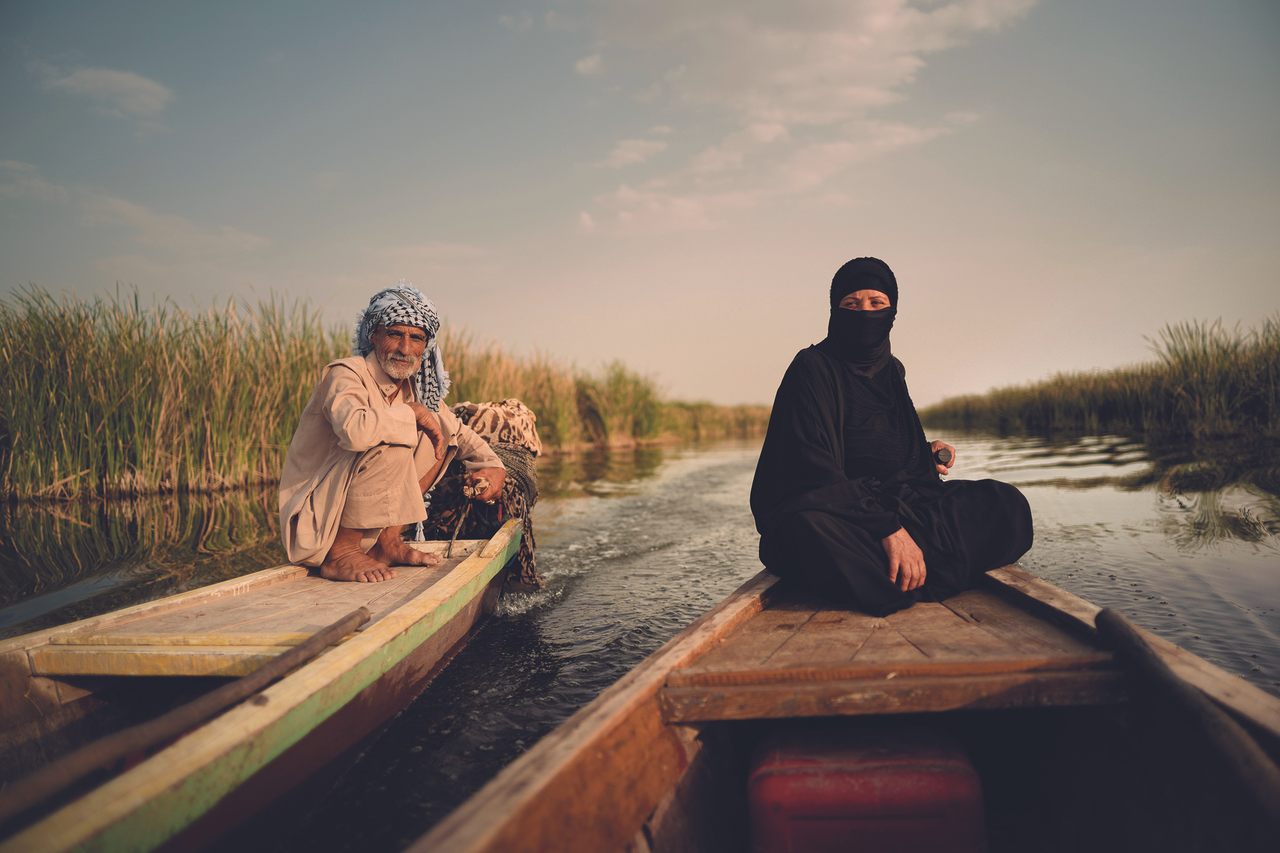

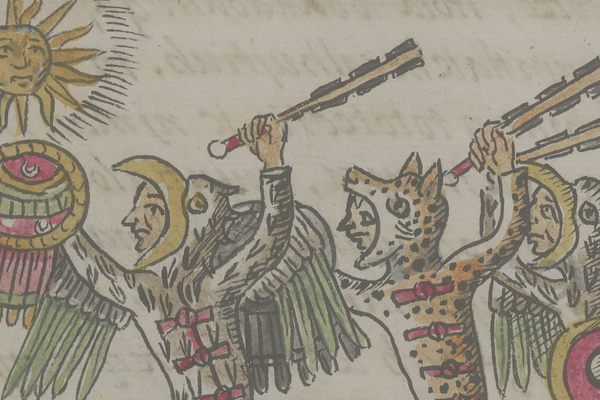

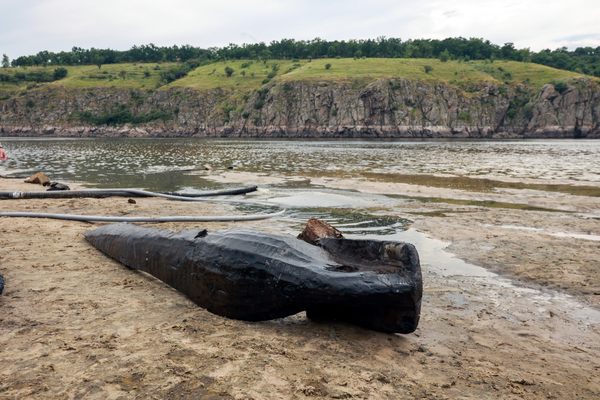
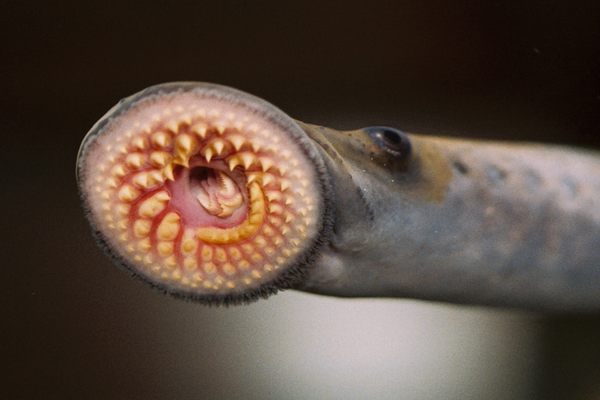
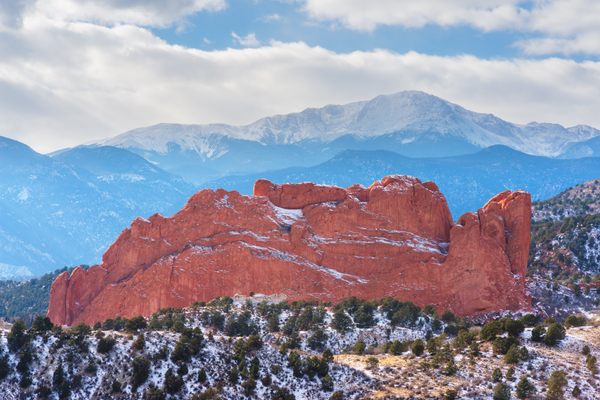
















Follow us on Twitter to get the latest on the world's hidden wonders.
Like us on Facebook to get the latest on the world's hidden wonders.
Follow us on Twitter Like us on Facebook